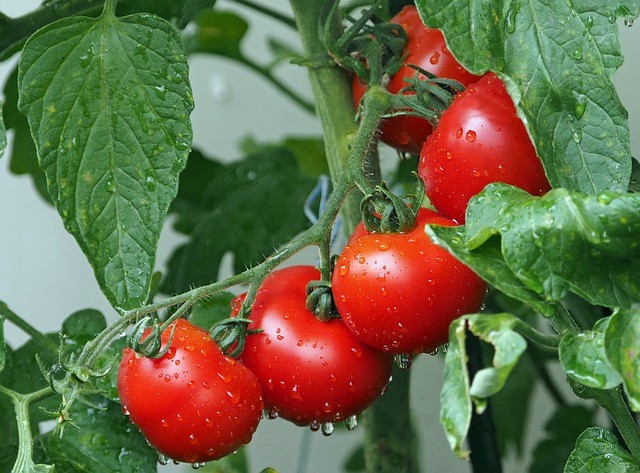Everyone is familiar with the distinction between fruits and vegetables. Fruits are enticing and delicious, with historical connections to significant events. On the other hand, vegetables lack this captivating allure, often being left uneaten by kids. For instance, it has been a debate about what classification tomato belongs to. But what truly sets the two apart? Which category does tomato belong to?

Botanical Versus Culinary Classification of Tomato
According to an article in Eufic: Food Facts for Healthy Choices, the botanical definition of a fruit is that it is a seed-bearing product that grows from the ovary of a flowering plant. Meanwhile, a botanical vegetable encompasses the roots, stems, and leaves of the plant.
For instance, tomatoes are classified as fruits because they contain seeds and grow from the flower of the tomato plant. On the other hand, a culinary classification system defines fruits and vegetables based on their usage and flavor profiles. Culinary vegetables typically have a tougher texture and are used in savory dishes, while fruits have a soft texture and are often enjoyed raw or in desserts.
The dual classification of tomatoes arises due to the different purposes of these definitions. The botanical classification is essential for botanists to study the origin, variety, growth, and harvesting of tomatoes. In contrast, the culinary definition is more practical for nutritionists, chefs, and the general public as it considers the foods' nutritional compositions.
Foods from the same botanical family may have distinct nutritional values, as seen in examples like cantaloupe melons, watermelons, butternut squash, cucumbers, and pumpkins.
In addition to tomatoes, other botanical fruits that are culinarily considered vegetables include avocado, olives, pumpkin, sweetcorn, courgette, cucumber, green peas, chili, and aubergine. The confusion in classifying tomatoes lies in the distinction between their botanical and culinary definitions, each serving a unique purpose in different contexts.
READ ALSO : Eating Fruits and Vegetables Prevent Premature Death from Cardiovascular Diseases, Study Suggests
The Supreme Court Distinguishes Differences Between a Fruit and Vegetable
The story of the tomato's classification as either a vegetable or fruit is a contentious and intriguing one, as per National Geographic. Back in 1886, importer John Nix challenged a ten percent tax on West Indian tomatoes imposed by customs official Edward Hedden under the Tariff Act of 1883, which taxed "foreign vegetables."
Nix argued that tomatoes, being fruits, should be tax-exempt. The case eventually reached the Supreme Court, where Justice Horace Gray ruled in favor of considering tomatoes as vegetables in the common language, despite their botanical classification as fruits along with cucumbers, squashes, beans, and peas.
The Supreme Court faced similar botanical dilemmas before and after this tomato incident. In another case in 1886 (Robertson v. Salomon), Justice Joseph Bradley ruled that beans were vegetables, while a lawyer tried to argue that they were seeds.
The court found truffles, onions, and water chestnuts to be vegetables, but declared rhubarb, with its stalk-like nature, a fruit, possibly due to its association with strawberry-rhubarb pie. Interestingly, in 2001, the European Union declared carrots, sweet potatoes, and tomatoes as fruits, specifically for the purpose of making jam, adding to the confusion.
The tomato's legal classification exemplifies the ongoing struggle with the distinction between botanical definitions and common culinary practices. While botanically a fruit, tomatoes have been consistently regarded as vegetables in everyday language, leading to intriguing legal debates and diverse interpretations over the years.
RELATED ARTICLE:
Check out more news and information on Tomato in Science Times.
© 2025 ScienceTimes.com All rights reserved. Do not reproduce without permission. The window to the world of Science Times.










